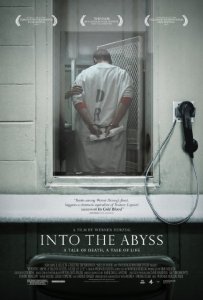WATCH THE FULL DOCUMENTARY HERE
In 2012, California amended its “Three Strikes” law—one of the harshest criminal sentencing policies in the country. The passage of Prop. 36 marked the first time in U.S. history that citizens voted to shorten sentences of those currently incarcerated. Within days, the reintegration of thousands of “lifers” was underway. The Return examines this unprecedented reform through the eyes of those on the front lines—prisoners suddenly freed, families turned upside down, reentry providers helping navigate complex transitions and attorneys and judges wrestling with an untested law. At a moment of reckoning on mass incarceration, what can California’s experiment teach the nation?
The directors, Kelly Duane de la Vega and Katie Galloway, have spent much of their careers making films about the criminal justice system in the United States. In The Return, winner of the Audience Award for Documentary at the 2016 Tribeca Film Festival, they follow newly released prisoners Bilal Chatman and Kenneth Anderson and the people who supported them on their paths to reentry, including attorneys Mike Romano and Susan Champion of the Stanford Justice Advocacy Project.
“Three Strikes was sold to the public as a way of locking up the ‘worst of the worst,’ but its ultimate effect was to incarcerate more than 10,000 people—for life—for crimes as petty as trying to steal a car radio, possessing $10 worth of meth or purse-snatching,” say Duane de la Vega and Galloway.
“Many of those we interviewed came from families struggling with mental illness and drug addiction. Because African-Americans and Latinos receive disproportionately longer sentences than whites, most were people of color, people who needed support, not incarceration. People who were locked up due to bad policy based on fear, without any understanding of structural barriers they faced.
“After decades of inhumane criminal justice policies, we stand now on the precipice of change. Bipartisan lawmakers are calling for sentencing reform and uniting around legislation that prohibits employers from demanding that applicants disclose criminal records. Businesses are beginning voluntarily to ‘ban the box.’ We sincerely hope the film will inspire further efforts to correct the terrible injustice of misguided sentencing law.”
The Return is a co-production of Loteria Films, American Documentary | POV and the Independent Television Service (ITVS) with funding provided by the Corporation for Public Broadcasting in association with Chicken and Egg Pictures.

